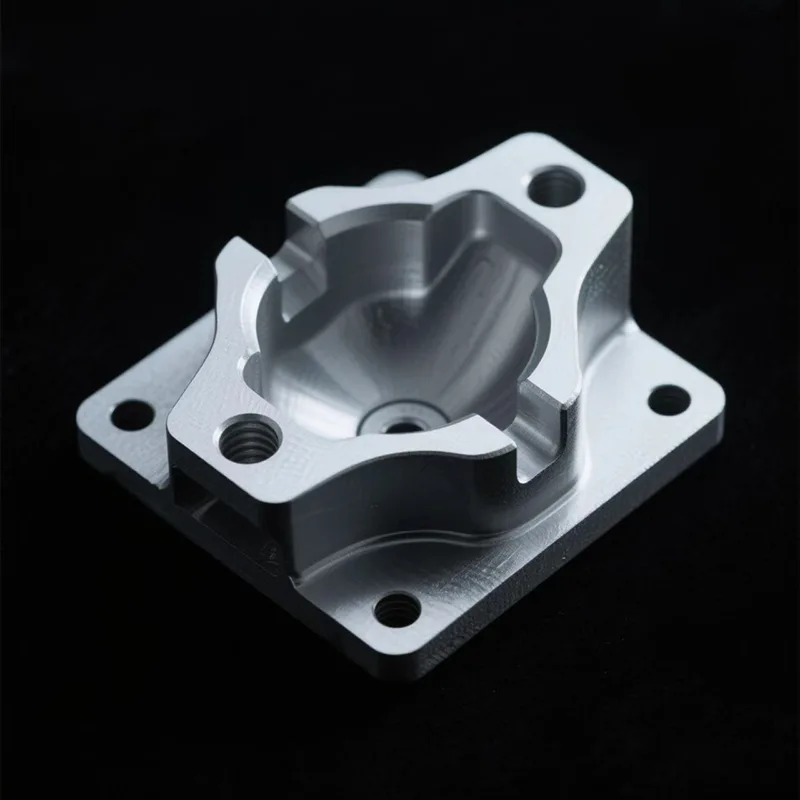Die Castings of Lighting Fixtures – Precision, Durability, and Design Flexibility
2025-07-24
Die casting is a manufacturing process widely used to produce high-quality metal components for lighting fixtures. This technique involves forcing molten metal into a precisely engineered mold under high pressure, resulting in durable, intricate parts with excellent surface finish and dimensional accuracy.

Why Use Die Casting for Lighting Fixtures?
High Precision and Consistency: Die casting enables the production of complex shapes with tight tolerances, essential for modern lighting designs.
Superior Surface Quality: Smooth finishes reduce the need for extensive post-processing and enhance aesthetic appeal.
Durability and Strength: Die cast parts are robust and resistant to wear, corrosion, and impact — ideal for lighting fixtures exposed to various environments.
Lightweight Components: Compared to forged or machined parts, die castings offer strength without excessive weight, benefiting fixture installation and safety.
Cost Efficiency for Mass Production: Once molds are created, die casting allows rapid production with minimal waste.
Common Metals Used
Aluminum: Lightweight, corrosion-resistant, excellent thermal conductivity — perfect for heat sinks and housings.
Zinc: Good strength and surface finish, often used for decorative components and smaller parts.
Magnesium: Ultra-lightweight and strong, suitable for high-performance fixtures.
Copper Alloys: Used occasionally for specialized lighting parts needing excellent conductivity.
Typical Lighting Fixture Components Made by Die Casting
Fixture housings and enclosures
Heat sinks for LED lights
Reflectors and mounting brackets
Decorative trims and covers
Connectors and electrical component casings
Advantages of Die Cast Lighting Components
Improved Thermal Management: Aluminum die cast heat sinks efficiently dissipate heat, enhancing LED lifespan.
Design Freedom: Complex and intricate designs are achievable, allowing modern and innovative fixture styles.
Enhanced Corrosion Resistance: Ideal for indoor and outdoor lighting applications.
Cost-Effective Production: High-volume manufacturing lowers unit costs.
Die casting splay a crucial role in the lighting industry by combining performance, durability, and aesthetic versatility. Choosing die cast metal parts helps manufacturers deliver reliable, high-quality lighting fixtures suited for both functional and decorative purposes.


